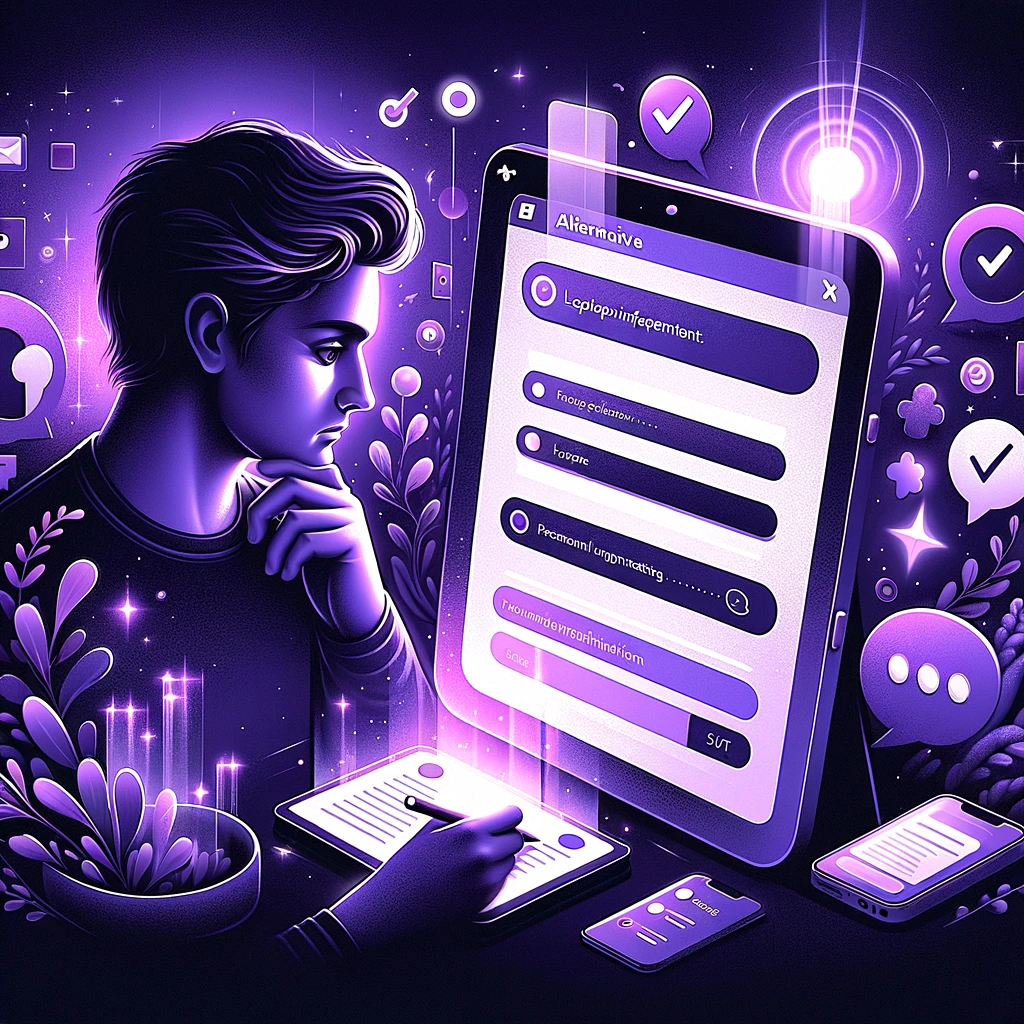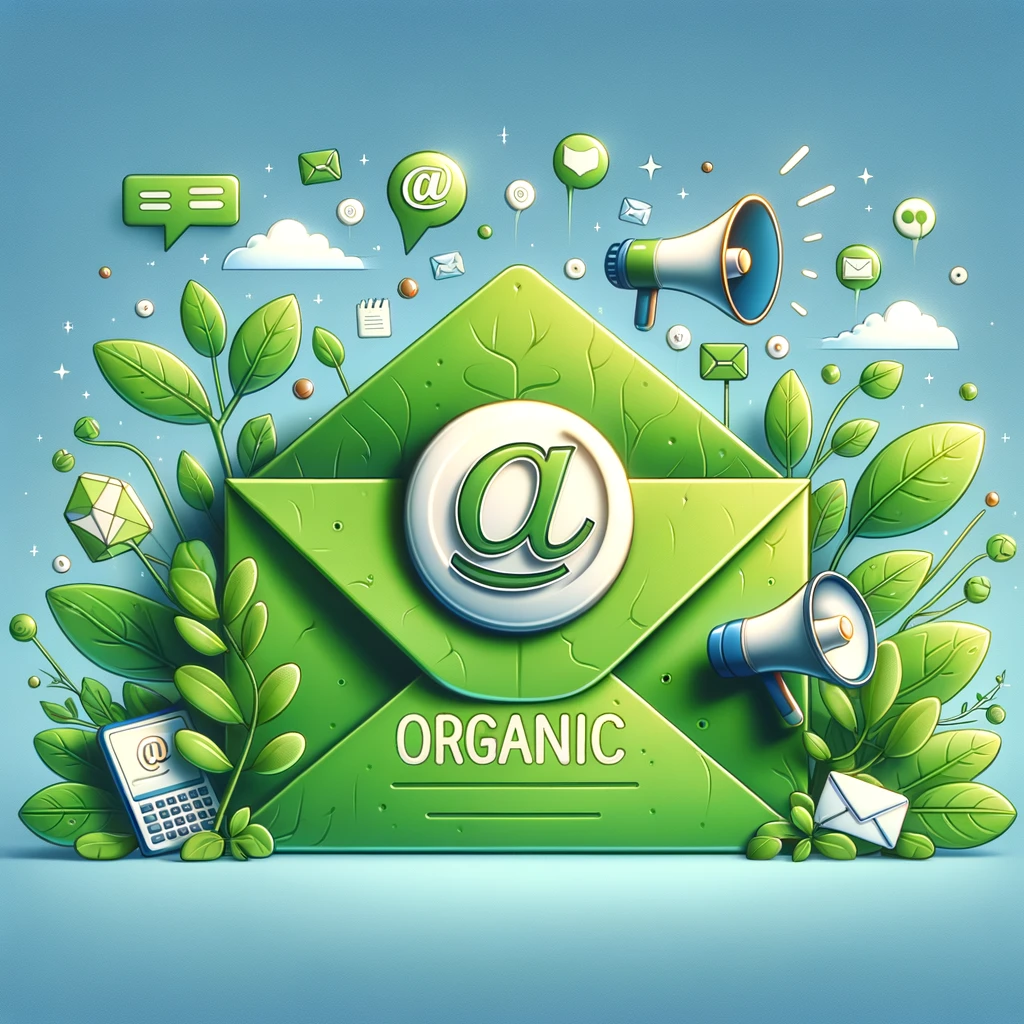
25 proven steps to achieve email marketing magic
If you’ve left email marketing out of the promotional mix for your business, you’re missing out on a method that has been shown to generate as much in revenue as all other types of digital advertising combined. Just how much revenue does email drive? Research last year found that such campaigns produce an average ROI of $38 for each dollar spent. To add to that, Econsultancy found email marketing was rated effective by more companies and agencies than any other channel.

If you haven’t been giving email marketing the focus it deserves, not to worry, this post is for you. Here are 25 proven steps you can start taking today to begin reaping magical rewards in no time.
1. Build Your List
Start by gathering email addresses from current and potential customers. Building your list can seem difficult and time-consuming, but it’s worth your while to limit it to those who choose to engage. Buying lists is a bad idea, since emailing anonymous contacts can seem invasive and often results in complaints, bounced addresses and unsubscribes. Gain trust by not sharing subscribers’ info with other companies, and by creating emails with useful or exclusive information and valuable offers, not just sales pitches. The options for growing your list are only bounded by your imagination. Some of the best ideas can be found here and here.
2. Segment Your List
Segment your audience so you can create targeted messages for different groups, leading to better open rates, lower opt-out and unsubscribe rates and improved deliverability. Check out our Complete Guide to List Segmentation. Segmenting allows you to separate your list according to geographic region, customer behavior patterns (buyers vs non-buyers, openers vs non-openers), age, area code, and more, so you can create content and offers most likely to generate responses.
3. Plan Your Content
Decide what range of content you’ll offer. Possible subject matter includes:
- Tutorials
- Recommendations
- Reports on industry trends or research
- Explanations of company functions
- Comments on current events
- FAQs
- Profiles of your clients or employees
- Surveys
- Contests
- Previews of coming events
- Descriptions/photos of new products
- Inspiring quotes
- Blogs
- News articles or humor
The medium might include copy, photos, infographics or videos. If you don’t want to generate the content yourself, source it from social media, business partners, online sources or content agencies.
In general, experts advise using a likable voice; employing sharp design; being different from competitors; incorporating snappy subject lines and offering discounts. A common mistake? Looking to your own preferences to determine what your audience would like. Perhaps most importantly, strive for a mix of 80 percent informational and 20 percent promotional content. Messages that aren’t sales-oriented may seem counterintuitive, but they work to develop brand awareness and customer relationships, paving the way for future purchases. Do recipients a favor by helping them solve a problem, providing inspiration, giving them direction toward a goal or quickly expanding their knowledge.
4. Analyze Your Competition
Study what competitors are doing. Sign up for other email campaigns and newsletters to compare your efforts with those of competitors and industry leaders. It’s OK to put your own spin on their ideas and techniques but always strive for original content that’s hard for your readers to find elsewhere.
5. Plan Your Email Campaigns
Devise a year-long email marketing plan that projects multiple messages, tying your content into holidays, special events, pop-culture happenings and current events when applicable. Work backward from preferred launch dates to set writing or sourcing deadlines. Shoot for three to five emails monthly.
6. Design with Mobile in Mind
Ensure your emails are mobile-friendly in design and content, since two-thirds of such messages are now read on mobile devices. That means limiting copy to 750 words or less.
7. Develop a Welcome Email Program
Create a series of follow-up emails to new subscribers introducing them to your company, products and website. Avoid the hard sell; start with a warm welcome for subscribing and follow with a reminder of the benefits, a thank you offer, helpful information about your products or services and links to your website and social media sites.
8. Implement Autoresponders
Use autoresponders that automatically trigger welcome emails, resend messages that were never opened, and send newsletters at regular intervals. Such a practice can increase your open rates by 30 to 40 percent. Other uses might include thank yous for purchases; reminders; polls; contests; or requests for comments, reviews or content submissions. Autoresponders are fairly crucial if you’re too busy to regularly monitor your email account.
9. Personalize Your Emails
Implement as much personalization as possible, using analytics and customer surveys to your advantage by recognizing birthdays and anniversaries, referring to previous purchases and shopping patterns, and otherwise making readers feel valued. Experts predict we’ll eventually have capability for highly optimized 1:1 emails within a single broadcast.
10. Track Performance
Track open and click rates, revenue and conversion, unsubscribes and bounces, and use your website’s analytics tools to gauge post-click through behavior. Note that services are available to fix bad data — incorrect or problematic addresses that increase bounce-backs.
11. Test and Optimize Your Campaigns
Continually test your campaign, and use the results to tweak further strategy. Consider a schedule for the testing of one campaign variable each month, such as copy length and content, time and day of the week, frequency, call to action, design and other elements.
12. Gather Customer Feedback
Listen closely to customer feedback about content, format and frequency, and respond quickly. To avoid being perceived as a spammer, be gracious and quick with those who ask to unsubscribe.
13. Monitor Industry Trends
Email marketing is evolving so swiftly that business owners must be proactive to keep on top of important features and best practices. VerticalResponse helps you stay at the top of your email marketing game with its free and easy-to-use email marketing tool.
Once you’re on a roll with your campaign, consider elements that can improve your responses even more. Here are some ideas:
14. Use Visual Content
Gifs and videos can be powerful additions, since visuals are processed by the human brain in about one-tenth of a second.
15. Maintain Brand Voice
Develop a consistent voice, experimenting to determine which writing style and topics most appeal to your readers. An example of a defined voice is the tone of the informal and somewhat irreverent blogs posted on Groove HQ. “(The writer) addresses the recipient like human beings,” writes Jimmy Dala on Marketingland.com. “It sounds simple, but so many people lose the human touch when they are blasting bulk emails about Presidents’ Day sales.”
16. Use Humor When Appropriate
Devise fun and entertaining polls related to your industry, then record some of the best responses online. Cottonelle once staged a fun email survey asking consumers whether they rolled toilet paper over or under, incorporating results into video demonstrations, a U.S. map, social media and a website.
17. Socialize
Make sure widgets are installed into your emails allowing readers to instantly share your content on their social media sites.
18. Test Timing of Campaigns
Fine-tune the timing of your email campaigns. Some report the highest open rates (leading to the highest conversions) are achieved in the evenings after the dinner hour. Others say those working are more likely to open an email sent just prior to the lunch hour. Experiment to find out what works best for you and your audience.
19. Use Email Sign Up Forms
In order to fuel continued and sustained list growth, it’s a no-brainer to have an email sign up form on your website, blog, and other digital properties like social media sites. Check out these three golden rules for sign up forms.
20. Give Incentives
Offer prizes as part of a contest on social media requiring entrants’ email addresses. Check out Social Sweepstakes to engage fans on Facebook and grow your email list.
21. Leverage Social Channels
Ask your social audience to stay connect via email. If Twitter is your primary channel, use a Twitter Ads account to glean more email addresses via Twitter lead-generation cards sent to Twitter users.
22. Incorporate Inspiration
Examine competitors’ emails more closely with the free tool Scope; it creates a web-based version, HTML source code and a view of how it appears on mobile, desktop and plain text.
23. Avoid the Spam Filter
Pre-empt being relegated to spam bins by running your emails through the Email Spam Test. A number of other tactics can also help you dodge the spam filter, which reportedly snags some 21 percent of all emails. Some have to do with coding, content and formatting, but you must also limit the repetition of seemingly benign words like “guaranteed” and “free.”
24. Test Your Subject Lines
Use SubjectLine.com to get viability scores on the subject lines of your email. The first query is free. Here are 50 all-time great retail subject lines for more inspiration.
25. Use Clear Calls to Action
One of the most important elements to your email campaign is the call to action (CTA). Subscribers typically read the first line, notice any images, and glance at your CTA. Eliminate any confusion by making your CTA obvious and compelling. Some are better than others, and here’s why.
Build, send and track emails that look great on any device
Editor’s note: The post was originally published in March 2016 on Deluxe.
© 2016 – 2018, Linzi Breckenridge. All rights reserved.
 START YOUR FREE TRIAL
START YOUR FREE TRIAL 


